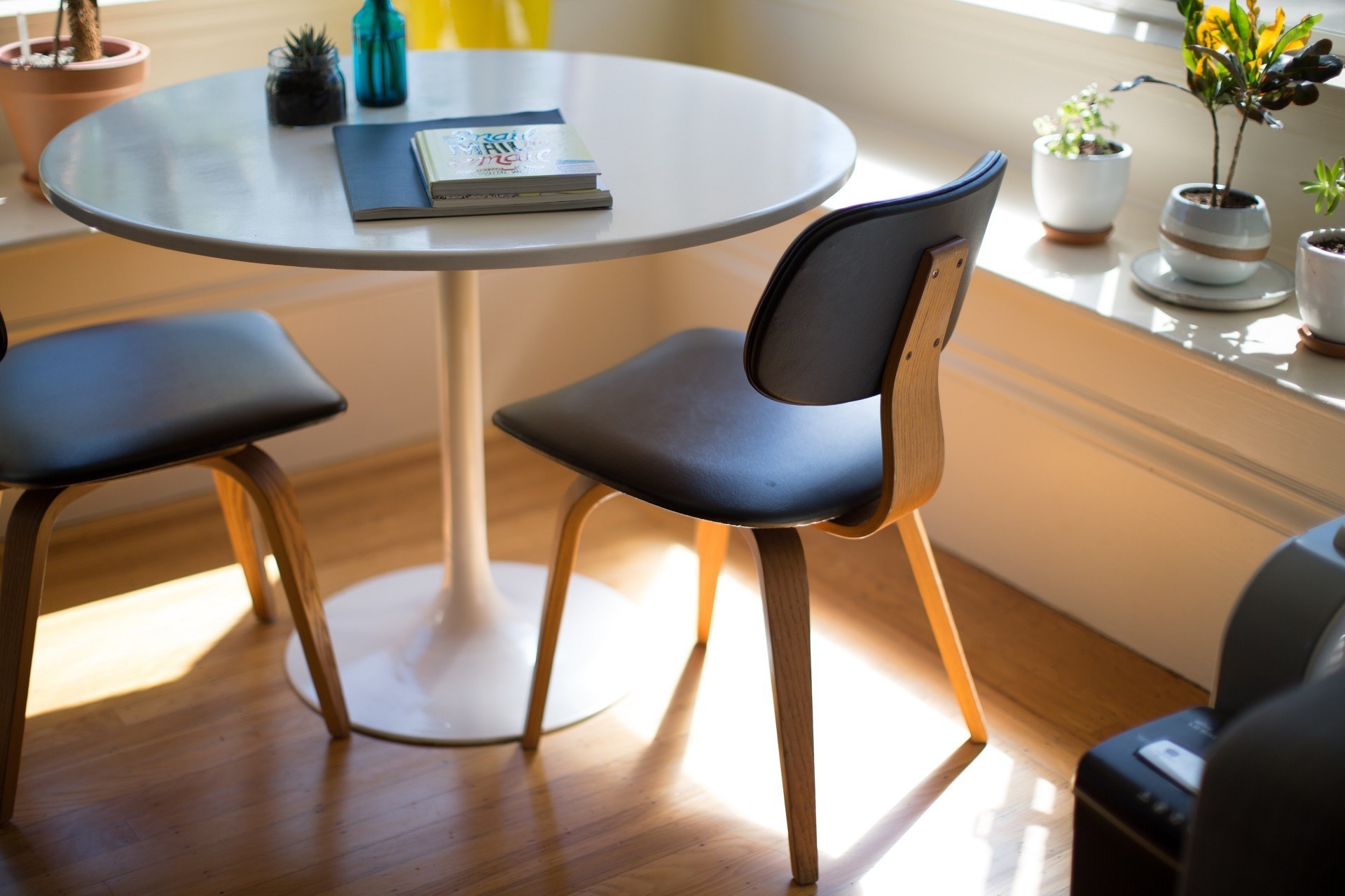Guarantor home loans enable parents to help their children to enter the property market. A guarantor home loan is one that uses the equity in the guarantor’s own property (usually the borrower’s parents) to finance the purchase of a new property. A guarantor is called upon when the purchaser does not have the adequate funds to put forward a 20% (or less) deposit.
There are pros and cons towards guarantor home loans as well as elements of risks. However, it is certainly a way that parents can assist their children to get into their new home quicker.



If you are lucky enough to secure a guarantor home loan, you will be able to borrow up to 100% of your purchase price as your guarantor’s equity covers the deposit. This can also help you save on lenders mortgage insurance.
Having a guarantor means you will be able to find and move into your new home quicker as there is no need to wait as you save your 20% deposit.
It also means that your guarantor does not need to physically contribute any of their own funds to the borrower. By using their equity, no money is required to change hands.

Being a guarantor means you are responsible for making the repayments should the borrower default on their loan. If you cannot make the repayments yourself, your home may be at risk. Forcing guarantors to sell their own homes is often the worst-case scenario, but it is definitely a possibility should repayments not be able to be made.
If your child defaults, and you also cannot make the repayments yourself, your credit rating may be affected. This may put future loans in jeopardy.
Whilst you are a guarantor on another loan, the equity in your own property will be reduced until you are taken off the loan. This means any investment opportunities you may be considering may not be available to you due to your reduced borrowing power.

There is a certain amount of paperwork involved with becoming a guarantor on a home loan. Namely, a guarantor will need to provide:
A guarantor will need to show an excellent credit history as ultimately the repayments will be falling back them if the borrower defaults
The guarantor will need to show sufficient equity to cover 20% (and sometimes provide more as a buffer) of the purchase price.
A healthy savings account will be viewed favourably as it shows sufficient cash flow to make repayments if necessary.
Some banks will require evidence that guarantor’s have sought sufficient legal advice.
A guarantor will stay on the home loan documents until the borrower can show the guaranteed portion of the loan has been paid (ie the 20% deposit). This means that the guarantor can come off the loan documents once the loan is below an 80% Loan to Value Ratio (LVR). The borrower must also be able to show they can make the repayments confidently on their own.


Guarantor loans can either be unlimited (the loan amount in full) or a limited guarantee. A limited guarantee is a set amount that the guarantor is responsible for, as opposed to the entire loan (ie the 20% deposit). It means only part of the loan is guaranteed, therefore limiting the liability for the guarantor against their own property. It comes down to the guarantor’s financial position and the lender’s requirements.
At Organic Home Loans, we are here to assist you in making the process of securing your guarantor home loan a straightforward one. We cut through the red tape and provide you with the facts. The more informed you are about banks’ expectations and requirements, the greater your chance of a successful outcome.
Let an Organic Home Loans expert help you get your guarantor home loan right.